Cosmic beasts and where to find them
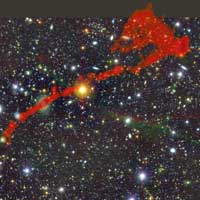 Two giant radio galaxies have been discovered with South Africa's powerful MeerKAT telescope. These galaxies are thought to be amongst the largest single objects in the Universe.
Two giant radio galaxies have been discovered with South Africa's powerful MeerKAT telescope. These galaxies are thought to be amongst the largest single objects in the Universe.
Jan 21st, 2021
Read more
 Subscribe to our Space Exploration News feed
Subscribe to our Space Exploration News feed
 Two giant radio galaxies have been discovered with South Africa's powerful MeerKAT telescope. These galaxies are thought to be amongst the largest single objects in the Universe.
Two giant radio galaxies have been discovered with South Africa's powerful MeerKAT telescope. These galaxies are thought to be amongst the largest single objects in the Universe.
Jan 21st, 2021
Read more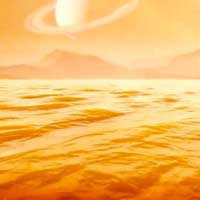 Far below the gaseous atmospheric shroud on Saturn?s largest moon, Titan, lies Kraken Mare, a sea of liquid methane. Astronomers have estimated that sea to be at least 1,000-feet deep near its center - enough room for a potential robotic submarine to explore.
Far below the gaseous atmospheric shroud on Saturn?s largest moon, Titan, lies Kraken Mare, a sea of liquid methane. Astronomers have estimated that sea to be at least 1,000-feet deep near its center - enough room for a potential robotic submarine to explore.
Jan 21st, 2021
Read more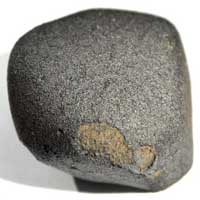 A meteorite that fell in northern Germany in 2019 contains carbonates which are among the oldest in the solar system; it also evidences the earliest presence of liquid water on a minor planet.
A meteorite that fell in northern Germany in 2019 contains carbonates which are among the oldest in the solar system; it also evidences the earliest presence of liquid water on a minor planet.
Jan 20th, 2021
Read more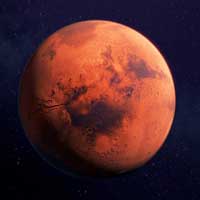 Research shows Mars had as many as six to 20 ice ages during the past 300-800 million years.
Research shows Mars had as many as six to 20 ice ages during the past 300-800 million years.
Jan 19th, 2021
Read more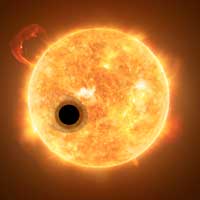 Astronomers discover that the core mass of exoplanet WASP-107b is much lower than previously thought possible for a gas-giant planet.
Astronomers discover that the core mass of exoplanet WASP-107b is much lower than previously thought possible for a gas-giant planet.
Jan 18th, 2021
Read more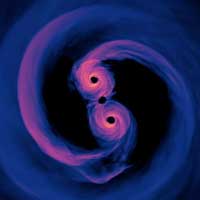 Researchers will use cutting-edge quantum technologies to transform our understanding of the universe and answer key questions such as the nature of dark matter and black holes.
Researchers will use cutting-edge quantum technologies to transform our understanding of the universe and answer key questions such as the nature of dark matter and black holes.
Jan 14th, 2021
Read more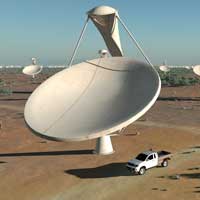 Two theoretical physicists are proposing a new approach to detect gravitational waves using a totally different type of observations: according to their calculations, parts of the waves should have converted to radio waves on their journey through the Universe, which might be measured by future radio telescopes.
Two theoretical physicists are proposing a new approach to detect gravitational waves using a totally different type of observations: according to their calculations, parts of the waves should have converted to radio waves on their journey through the Universe, which might be measured by future radio telescopes.
Jan 14th, 2021
Read more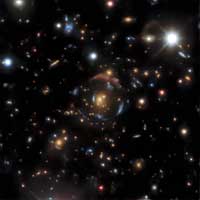 Astronomers hunting for gravitational lenses utilized machine learning to inspect the vast dataset known as the DESI Legacy Imaging Surveys, uncovering 1210 new lenses.
Astronomers hunting for gravitational lenses utilized machine learning to inspect the vast dataset known as the DESI Legacy Imaging Surveys, uncovering 1210 new lenses.
Jan 14th, 2021
Read more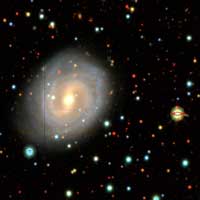 Nearly 200 researchers pitched in to gather, process, and stitch together images for half of the sky to prepare for the start of the Dark Energy Spectroscopic Instrument's observations.
Nearly 200 researchers pitched in to gather, process, and stitch together images for half of the sky to prepare for the start of the Dark Energy Spectroscopic Instrument's observations.
Jan 14th, 2021
Read more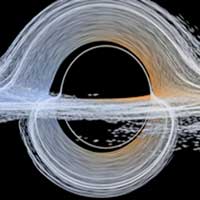 A new study indicates energy can be extracted from black holes through reconnection of magnetic field lines.
A new study indicates energy can be extracted from black holes through reconnection of magnetic field lines.
Jan 13th, 2021
Read more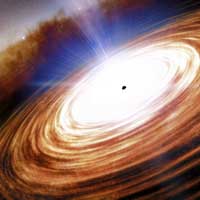 A team of astronomers has observed a luminous quasar 13.03 billion light-years from Earth - the most distant quasar discovered to date.
A team of astronomers has observed a luminous quasar 13.03 billion light-years from Earth - the most distant quasar discovered to date.
Jan 12th, 2021
Read more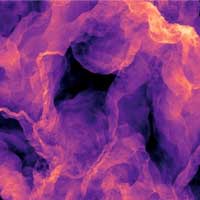 A new study by an international team of researchers has used computer power to map the so-called sonic scale, showing the key role turbulence plays in star formation.
A new study by an international team of researchers has used computer power to map the so-called sonic scale, showing the key role turbulence plays in star formation.
Jan 11th, 2021
Read more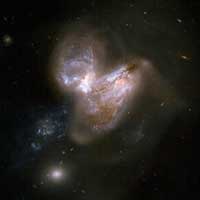 It is during rare merging events that galaxies undergo dramatic changes in their appearance and in their stellar content. These systems are excellent laboratories to trace the formation of star clusters under extreme physical conditions.
It is during rare merging events that galaxies undergo dramatic changes in their appearance and in their stellar content. These systems are excellent laboratories to trace the formation of star clusters under extreme physical conditions.
Jan 7th, 2021
Read more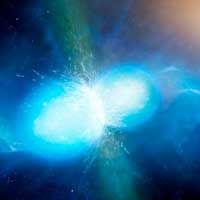 An interdisciplinary research team has identified new, narrower limits on the radii of neutron stars. The team determined the radius of a typical neutron star to be close to 11 kilometers.
An interdisciplinary research team has identified new, narrower limits on the radii of neutron stars. The team determined the radius of a typical neutron star to be close to 11 kilometers.
Dec 30th, 2020
Read more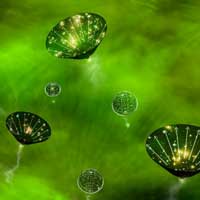 Astrophysicists describe a novel scenario for PBH formation and showed that the black holes from the 'multiverse' scenario can be found using the Hyper Suprime-Cam of the 8.2m Subaru Telescope.
Astrophysicists describe a novel scenario for PBH formation and showed that the black holes from the 'multiverse' scenario can be found using the Hyper Suprime-Cam of the 8.2m Subaru Telescope.
Dec 28th, 2020
Read more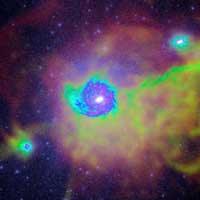 The star-formation activity of typical, nearby galaxies is found to scale proportionally with the amount of gas present in these galaxies. This points to the net gas supply from cosmic distances as the main driver of galactic star formation.
The star-formation activity of typical, nearby galaxies is found to scale proportionally with the amount of gas present in these galaxies. This points to the net gas supply from cosmic distances as the main driver of galactic star formation.
Dec 22nd, 2020
Read more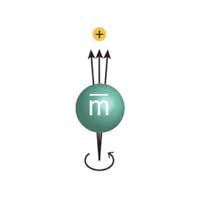 The targets of this search were two nearby neutron stars known to have strong magnetic fields, as well as the Milky Way's center, which is estimated to host half a billion neutron stars. Since no signal was seen, the team was able to impose the strongest limits to date on axion dark matter particles of a few micro electron-volt mass.
The targets of this search were two nearby neutron stars known to have strong magnetic fields, as well as the Milky Way's center, which is estimated to host half a billion neutron stars. Since no signal was seen, the team was able to impose the strongest limits to date on axion dark matter particles of a few micro electron-volt mass.
Dec 21st, 2020
Read more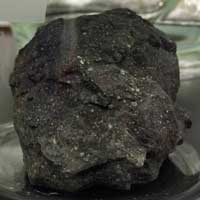 Scientists have confirmed the presence in meteorites of a key organic molecule which may have been used to build other organic molecules, including some used by life. The discovery validates theories of the formation of organic compounds in extraterrestrial environments.
Scientists have confirmed the presence in meteorites of a key organic molecule which may have been used to build other organic molecules, including some used by life. The discovery validates theories of the formation of organic compounds in extraterrestrial environments.
Dec 18th, 2020
Read more